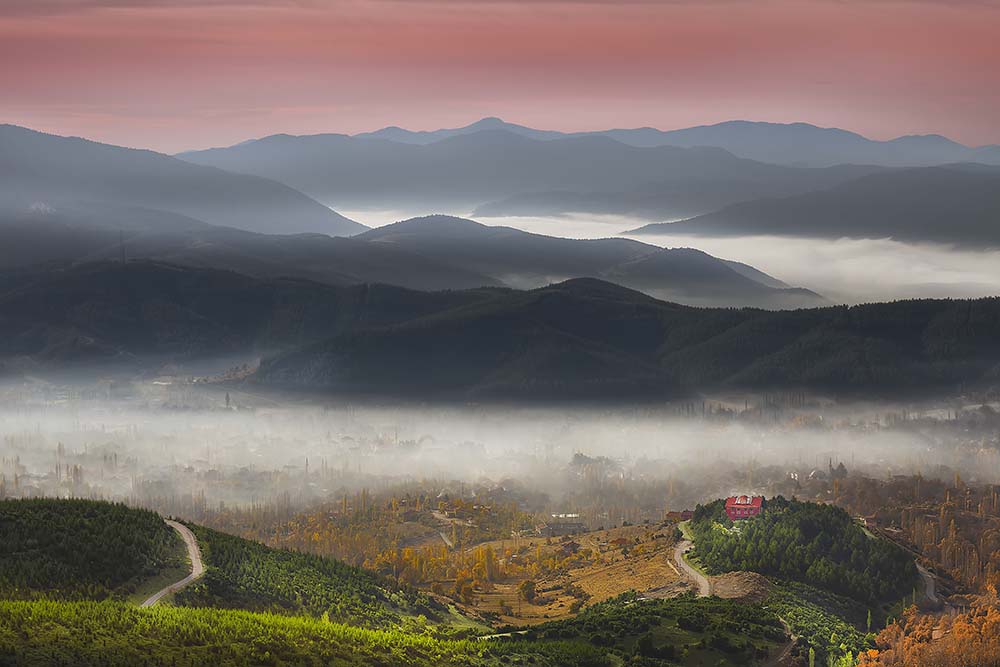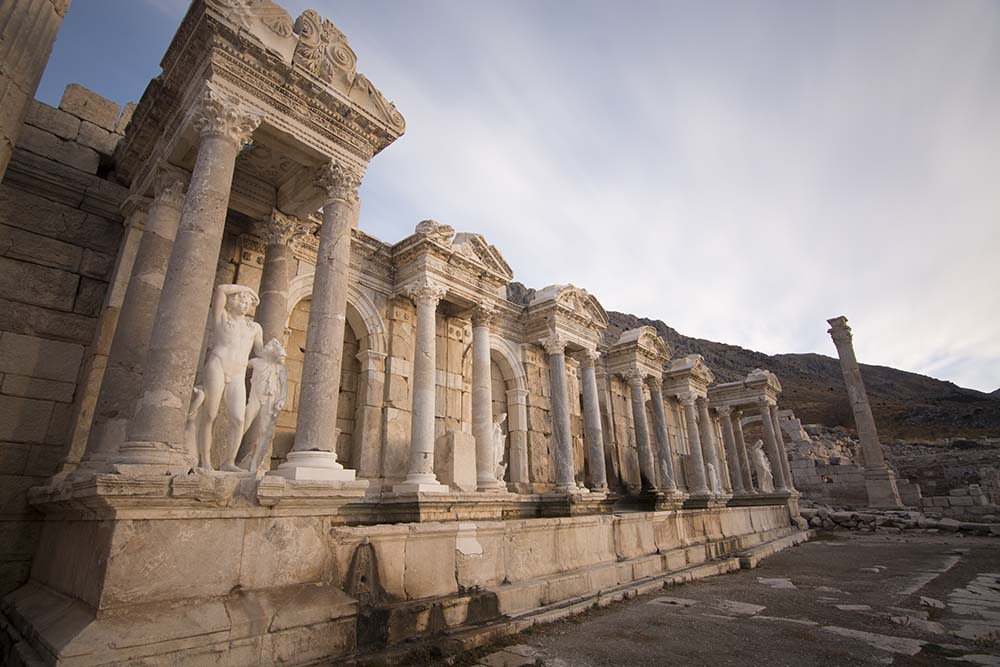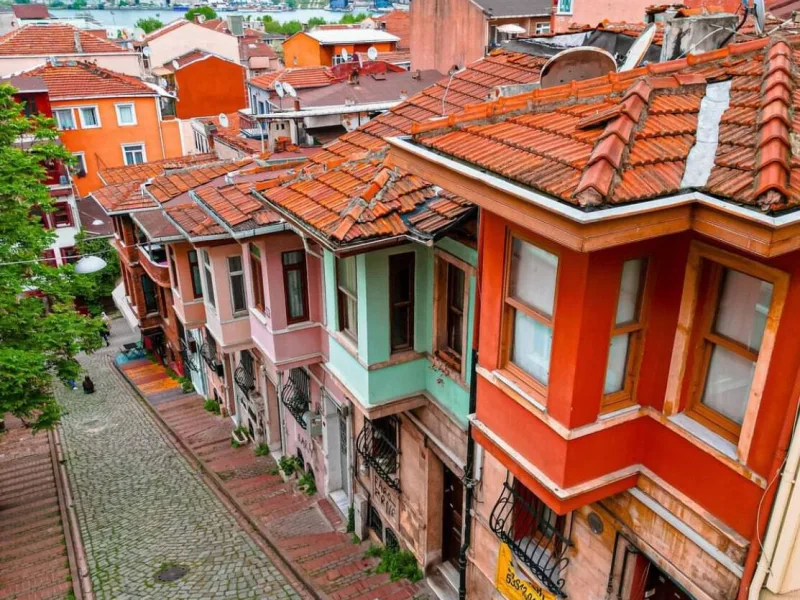As a Mediterranean city, Burdur is located within the area named Lakes Region. It has natural borders such as the Boncuk Mountains on the extensions of Toros, Katrancık Mountain, Elmalı Mountain, Kuyucak, and Dedegöl Mountains to the east, Burdur Lake and Karakuş Mountain in the north, and Acıgöl and Eşeler Mountains in the west. Surrounded by Antalya, Muğla, Denizli, Isparta, and Afyon provinces, the city has many lakes and rivers within its borders.
Burdur is in the Mediterranean climate transition area and has Burdur Lake, which is one of the most important lakes in Turkey. The other important lakes in Burdur are Yarışlı, Salda, Karataş, and Gölhisar Lakes. Apart from the lakes, there are Yapraklı, Karacaören, Onaç 1, Onaç 2, and Karamanlı Dams.

Sagalassos Ancient City.
Climate and Local Cuisine
The climate of the province is open to the sea effect but also shows continental climate characteristics due to altitude. In this province, the summer is warm and hot and the winter season is cold. Rainfall generally happens during the spring and winter months. A large part of the province consists of forested lands. In addition, wildcat, badger, wolf, fox, coyote, pig, partridge, and rabbit hunting is done in the natural environment.
Places to Visit
There are many Yoruks (migrating Turkmen tribes) in the city. The most famous foods of the city are walnut paste, churchkela, and Burdur shish. As one of the most beautiful cities of Mediterranean, the province has many natural and historical sight-seeings to offer travelers. Historical places to consider visiting include:

Burdur is full of lakes.
- İncirhan Caravansary: It is located in Bucak county of Burdur and Gıyaseddin bin Keykubat had it built.
- Bakibey Mansion: It is one of the most beautiful architectural examples of Ottoman Empire. This structure was expropriated by the Ministry of Culture.
- Kremna Ancient City: This city was established by the Psidians.
- Burdur Clock Tower: It was found by Egyptians around 4000 B.C.
- Sagalassos Ancient City: It is located within the borders of Isparta, Burdur, and Antalya.
- Sia Ancient City: It is a structure preserving its mystery among pine trees.
- Burdur Archeology Museum: It is worth seeing this museum, where various remnants are gathered.
- Egyptians House
- Salda Lake: It is a protected natural area.
- Burdur Lake
- İnsuyu Cave: It is one of the first caves opened to tourism in Turkey. This cave is also used for Burdur’s water supply.

Sagalassos Ancient City
As for the cuisine of the city, meat dishes prepared with aromatic spices collected from mountainous forested, areas such as peppermint and thyme, are the most prevalent foods. Reputation of the shish kebab made of goat meat has reached well beyond the borders of the city. Fish, vegetable, and meat varieties also add richness to the cuisine of Burdur. In addition to these, squash halva, walnut paste, and Burdur custard are important foods making up part of local cuisine.
How to Get There
Transportation to everywhere in Turkey is available through coach stations in the province. One of the best options is the Burdur railway. There is currently no airport in the city. Generally, Süleyman Demirel Airport in Isparta is the best option. The most important seaway transportation to the province is done via Antalya Harbour, about 120 kilometers away.



